Japan Has Too Many Abandoned Schools — so They're Turning Them Into Community Centers and Aquariums
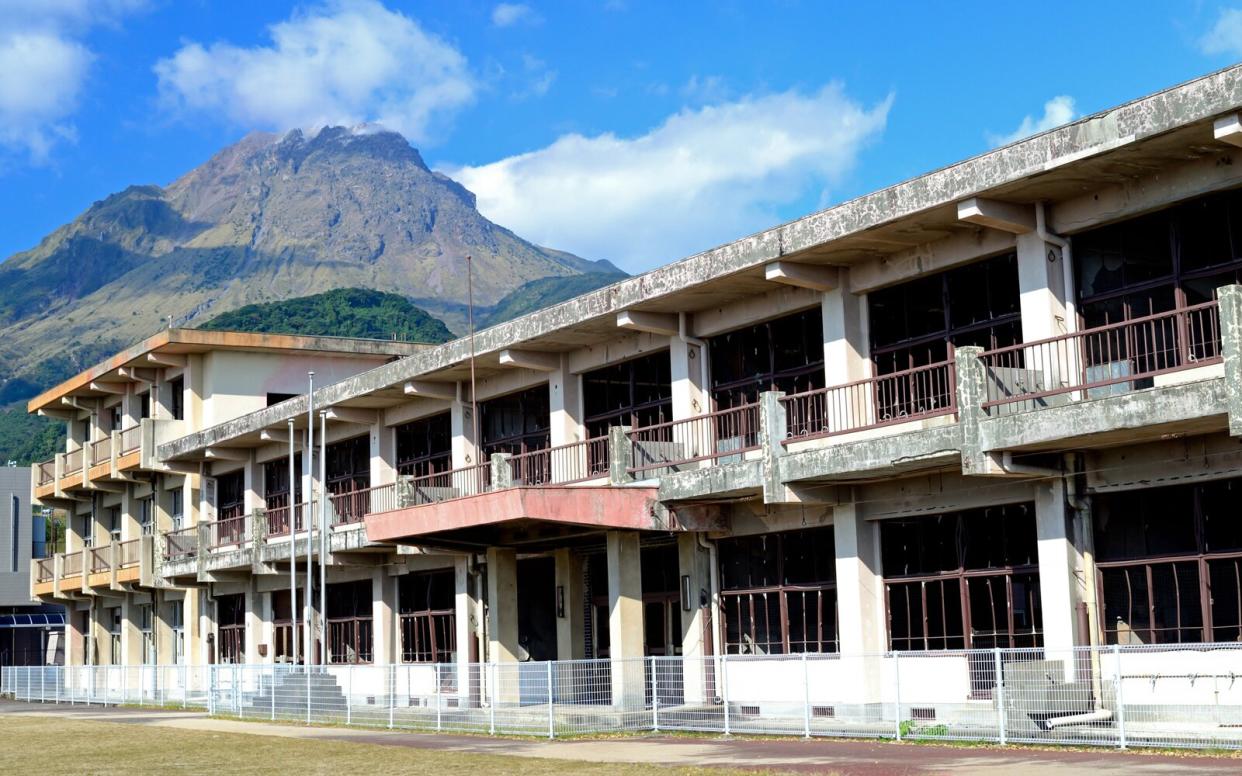
Getty Images
"The concept of mottainai, or no waste, is strong in the Japanese culture," Silvia Yamawaki explains to me as we stroll through the sleepy streets of Tokyo's Chiyoda City ward. "It seems its meaning came from religion, but the concept was passed down to me through my grandmother, who was born during the time of the Second World War and had pretty much nothing to eat," she says.
Although the sun has already begun sinking behind the city's skyscraper-studded horizon, there are still hordes of people scattered around the schoolhouse Yamawaki is leading us toward. She works as a local guide for Urban Adventures, and tonight she's taking me on the popular Tokyo: Past, Present and Reused tour, a new experience created in partnership with The New York Times. "Follow me," she says.
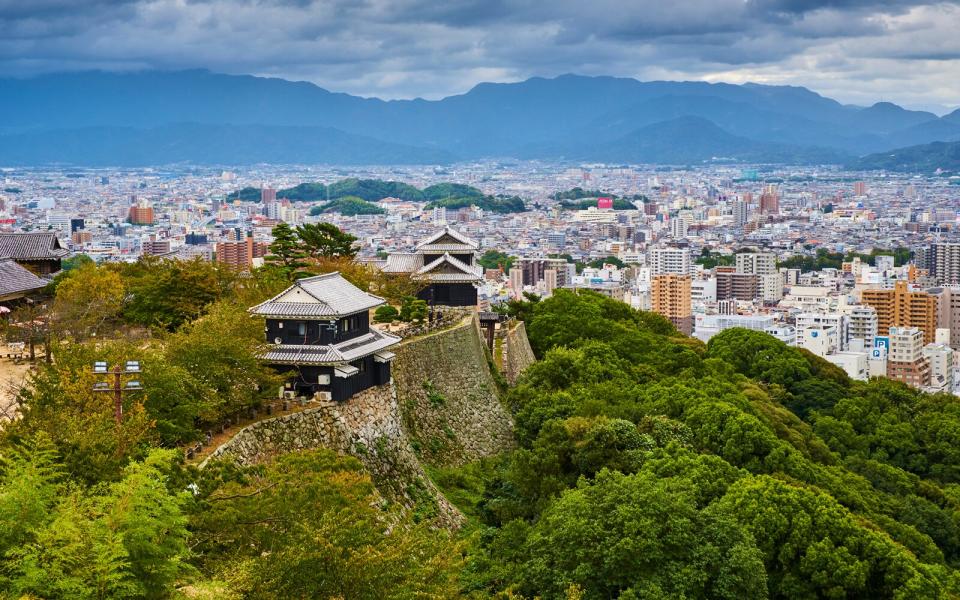
Getty Images
As we pass through the gates and approach the building's entrance, I see a sign emblazoned with "3331 Arts Chiyoda." It's impossible not to notice the groups of students swarming outside. Some are seated silently in a circle, participating in what appears to be a study group. Others are in the midst of a film project, complete with a cameraman, boom operator, and on-air talent. Meanwhile a stray bunch can be heard giggling and goofing off just around the corner. And although I can see that we're clearly walking up the steps to a weathered schoolhouse, it quickly becomes apparent that class is no longer in session (and hasn't been for quite some time).
3331 Arts Chiyoda is a prime example of mottainai in action. The community project lives within the previously abandoned walls of Rensei Junior High School in Tokyo. As one of the most populated cities in the world, it's no secret that space has become a rare and precious commodity. So, instead of allowing the building to crumble into dilapidation, it was transformed into a multifunctional arts and culture center completely free to the public. A win-win scenario.
Inside, visitors will find an artisan marketplace filled with clothing, jewelry, children's toys, books, and more. Upstairs, deserted classrooms now serve as galleries and exhibition spaces, showcasing an ever-rotating collection of Japanese artwork. There are also meeting rooms, retail areas, and general event spaces tucked away into once-vacant corridors. The gymnasium is still used by locals who come to shoot hoops and break a sweat after work. Should hunger strike, there's even an on-site cafe that serves elevated interpretations of traditional-style coppe bread, a simple white bun popular with children and commonly found in elementary school cafeterias. All in all, it's a nostalgic, creative solution for a swelling issue that continues to affect Japanese society.
Japan is aging at an exponential rate. In fact, the country currently has the highest percentage of citizens aged 65 years or older (approximately 27 percent). Since 2011, the population has been steadily declining. In 2014, the population was estimated to have shrunk to 127 million people. By 2040, experts predict that number will deflate another 16 percent to 107 million, and dip to just 97 million by 2050, if the current downward demographic trend continues.
"In big cities like Tokyo, families aren't having as many children, perhaps because it's too expensive to raise kids, or because parents usually work long hours," says Yamawaki. "Or maybe the mothers are expected to be at home to take care of the kids, but they would prefer to work instead," she hypothesizes. "In the countryside, most of the people that still live there are elderly because their kids and grandchildren have already moved out to the big cities."
It all ties into the overarching pattern of the younger population breaking the trends and social expectations that once dictated the way of life for Japan's older generations — the people on the verge of aging out. It's estimated that approximately 500 Japanese schools are closed each academic year because there simply aren't enough students to keep them operating. Most of these are located in the rural outskirts, but even a major metropolis like Tokyo or Kyoto isn't immune.
In 2010, Japan's Ministry of Education, Culture, Sports, Science and Technology initiated a campaign to promote finding new and creative uses for the country's expanding collection of abandoned schools. Between 2002 and 2017, a total of 7,583 schools were shut down. As of May 2018, an impressive 75 percent of them had been successfully repurposed. Like 3331 Arts Chiyoda, some have been resurrected as cultural community centers to promote the arts. But there have been plenty of inventive second lives granted to these derelict institutions.
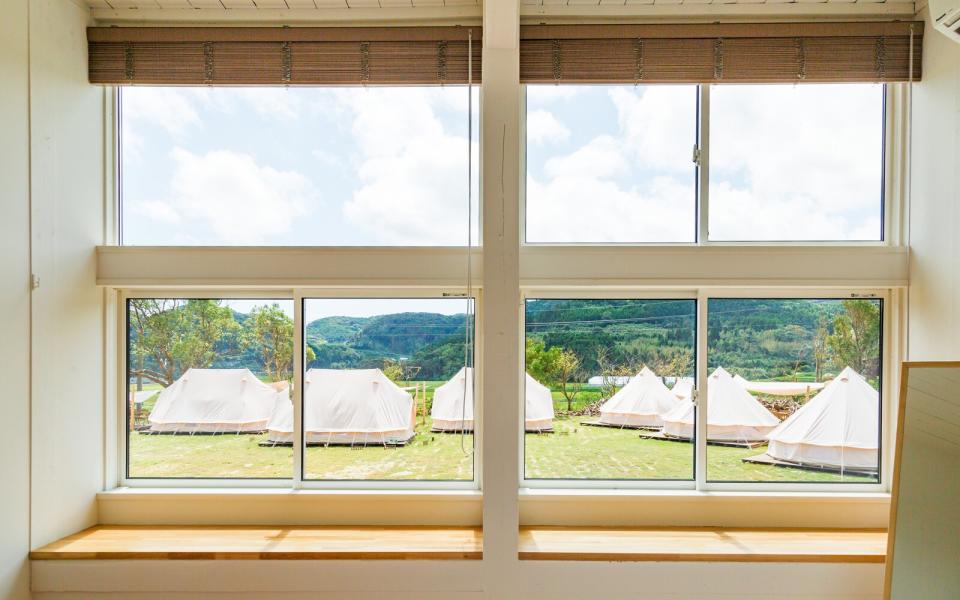
Courtesy of Nordisk Village Goto Islands
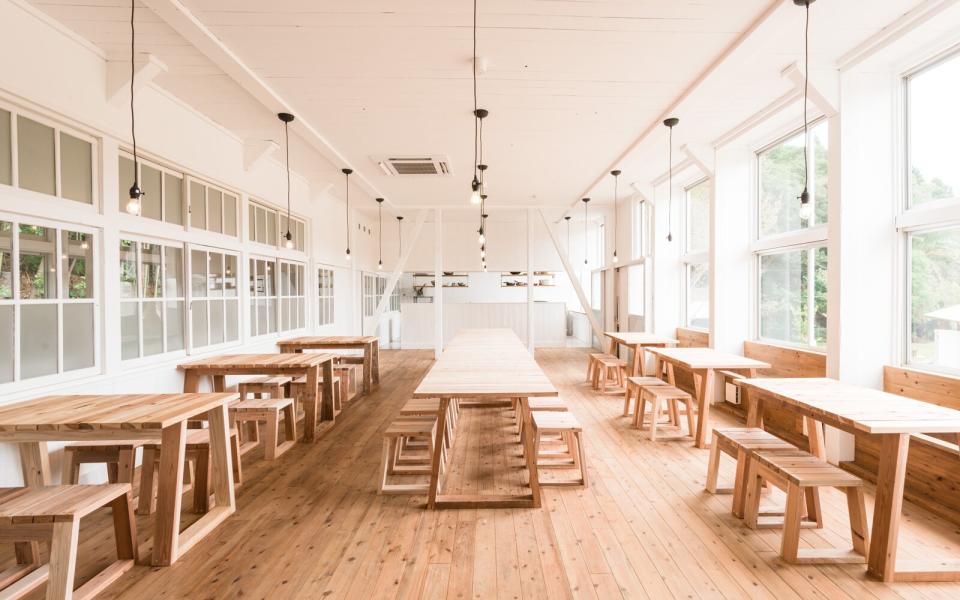
Courtesy of Nordisk Village Goto Islands
Many of the schools have been converted into lodging options, ranging from modest guesthouses to luxe glamping getaways. Take Haretoke for example. Nestled in the mountains of the Tokushima Prefecture, the hostel has been retrofitted into the former Shimonoro-Lunai Elementary School, and also boasts a restaurant and coffeehouse. When Nordisk Village debuted on the Goto Islands, they also introduced the School House boutique hotel, featuring three sleek, Scandinavian-inspired rooms. And for rustic-yet-lavish retreats, guests can give "farm glamping" a try at Namegata in the Ibaraki Prefecture.
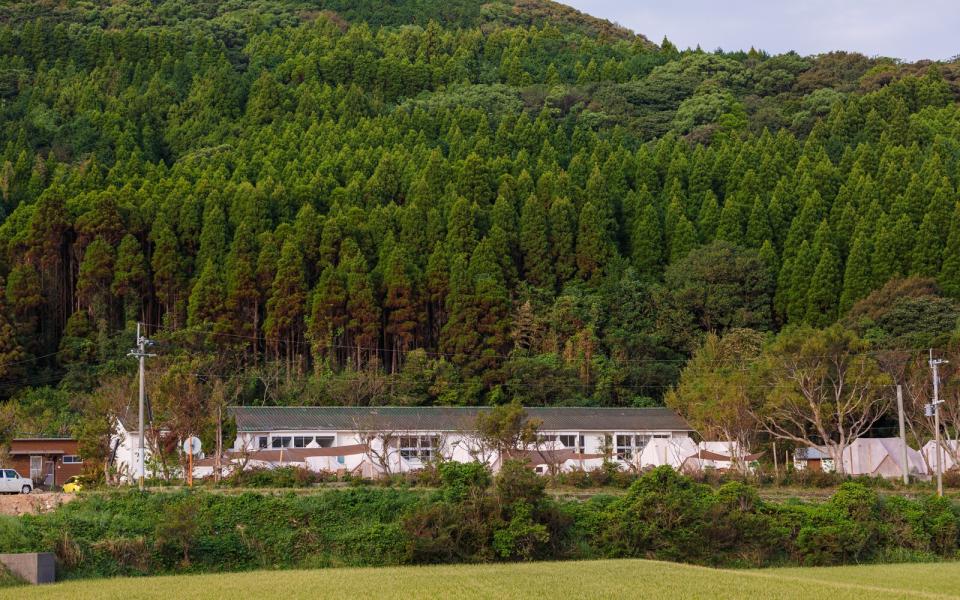
Courtesy of Nordisk Village Goto Islands
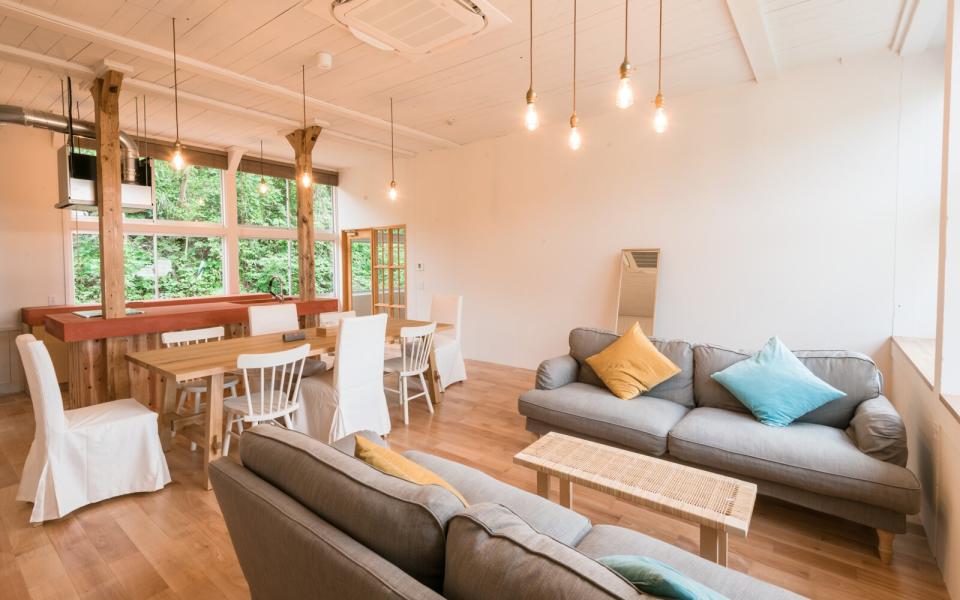
Courtesy of Nordisk Village Goto Islands
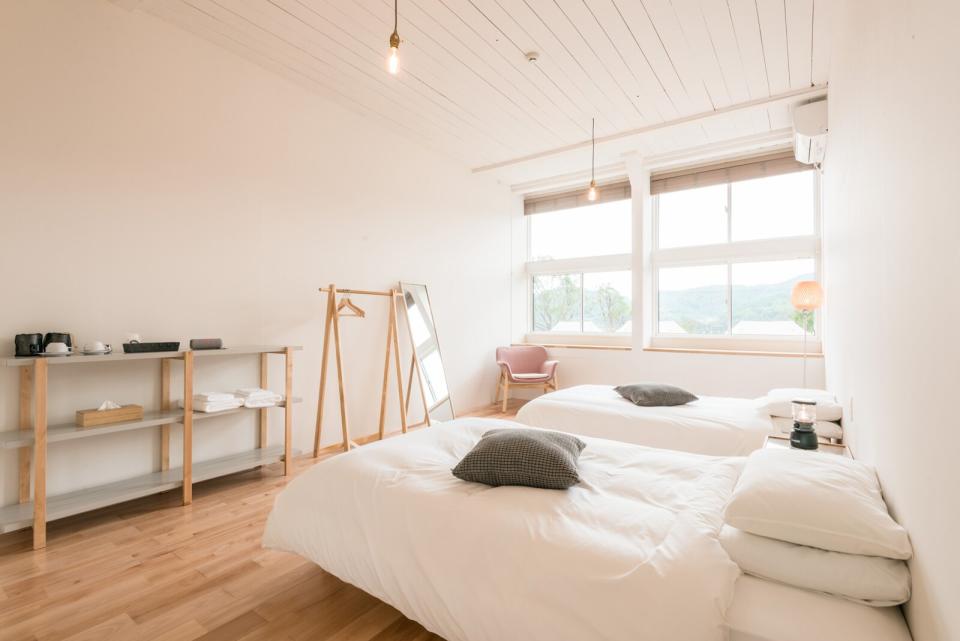
Courtesy of Nordisk Village Goto Islands
But the reimagined school buildings also reach beyond the realm of hospitality. Just last year, the Muroto Schoolhouse Aquarium opened on the island of Shikoku in the Kochi Prefecture. Once known as the Shiina Elementary School, it was closed down in 2006 due to severe lack of students in the region, but is finally bustling with life once again. Long before it drew legions of fans, the Kyoto International Manga Museum originally operated as the Tatsuike Primary School. And in the Yamanashi Prefecture, Saototec utilizes forlorn junior high school buildings to develop, assemble, and test out innovative new drone designs.
"It is exciting to see the abandoned schools finding a new life, and since many of them are in rural areas, repurposing them contributes to sustainable development in tourism," says Keiko Matsuura, a public relations specialist at the Japan National Tourism Organization. "They also revitalize the region as they preserve their original architecture, thus attracting visitors who enjoy their unique charm."
It will no doubt be fascinating to see what other uses the Japanese will dream up for the rest of their condemned schools in the coming years. But at the end of the day, mottainai isn't just about reducing waste. The whole philosophy is focused on fixing what's broken and ensuring we utilize things for the duration of their life cycle. It's about being more mindful about consumption in general and respecting the things we have while we still can — a lesson the rest of the world would be smart to brush up on.

